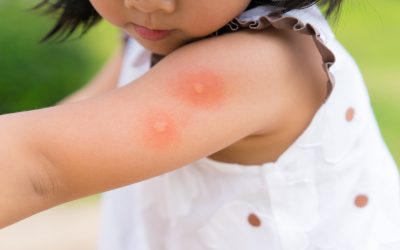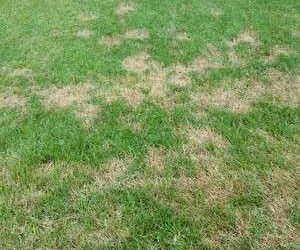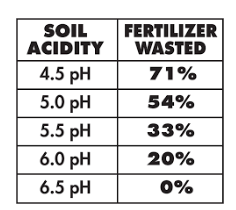Bagworm and Dogwood Borers Can Wreak Havoc
Trees and shrubs often have value beyond dollars – memorials to loved ones who have gone before us; the sapling that grew up along with the family we raised; or perhaps a transplant from a loved one’s yard or a former home. Regardless the origin of your trees and shrubs, they represent an investment of money, effort and attention over time.
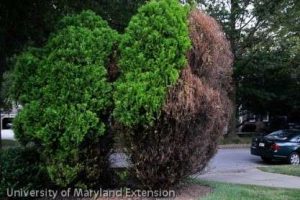
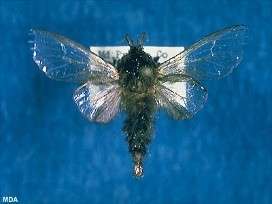
And with just a season of attack by bagworms, your junipers, elms, willows, and many evergreen species can be damaged beyond salvage. Ironically, bagworms aren’t worms at all. The male ultimately morphs into a moth in late summer when he then seeks out the female, who doesn’t develop beyond the caterpillar state.
Once they mate, the females remain in the bag to lay overwintering eggs, which begins the cycle over again.
As with most insect infestations, the time to address the problem is at the egg, pupae and/or larvae stage. It’s no different with bagworms. Overwintering eggs begin hatching in early June. Once hatched, the minute larva begins building a silken bag around itself, hence the name bagworm. The larvae and bag remain small (> ¼” long) for several weeks, making them hard to notice.
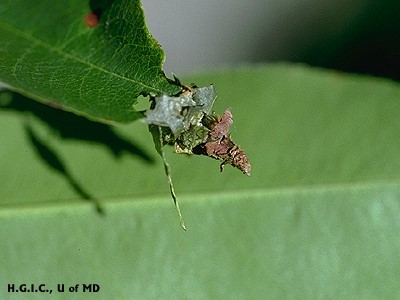
Despite their small size, the damage they begin inflicting on their host plant is significant. As they continue to feed throughout June and July, their bags grow as well, making the infestation more noticeable over time. It is during the larva state in June that treatment and control is most effective.
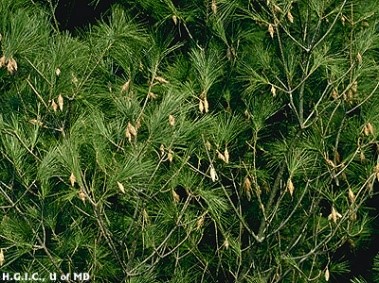
The larva “peeks out” of its bag to eat. Their small size and fixed location make them more susceptible to insecticides than larger larvae and molting larvae, let alone an adult, especially the male who moves around as a moth.
Picking off bags and burning them in the fall reduces populations but can be tedious work. Noting the presence of bags during the winter helps determine which plants need to be treated the following year as there is one generation per year.
Whereas damage from bagworms results in defoliation as they consume foliage at incredible rates, the Dogwood Borer goes after the inner bark of live, healthy dogwood (as well as elm, pecan, willow and hickory) trees. The larvae bore into the trunk and eat it from the inside out. The infested are a of the trunk or branch swells and ultimately the bark falls off.
In addition to the swelled, damaged area, a sure sign of Dogwood Borer infestation is the leaves of a single branch turning red prematurely in mid-summer. Dogwood Borers don’t typically kill the tree in the first year of infestation, but reinfestation in subsequent years will kill the tree.
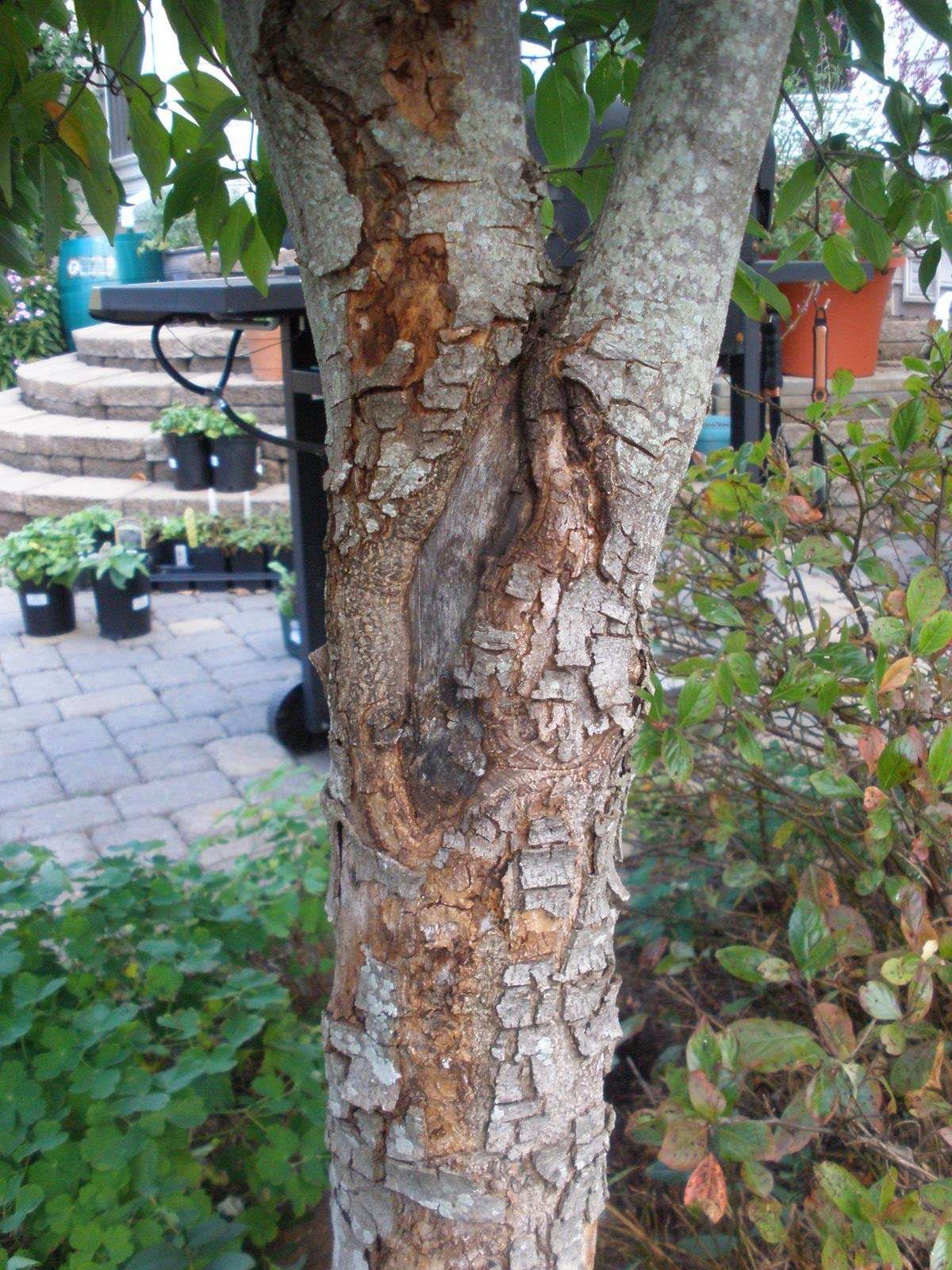
As with Bagworms, Dogwood Borers overwinter, but as larvae under the bark of the tree. The larvae usually pupate in the spring, emerging in late May and June, but they can pupate and emerge throughout the summer. Adults are active from May through September, mating and laying eggs on wounds in the bark or old borer injuries. There is only one generation per year, but that’s enough to bring down a tree if not treated as the larvae will overwinter and start the cycle again the following year.
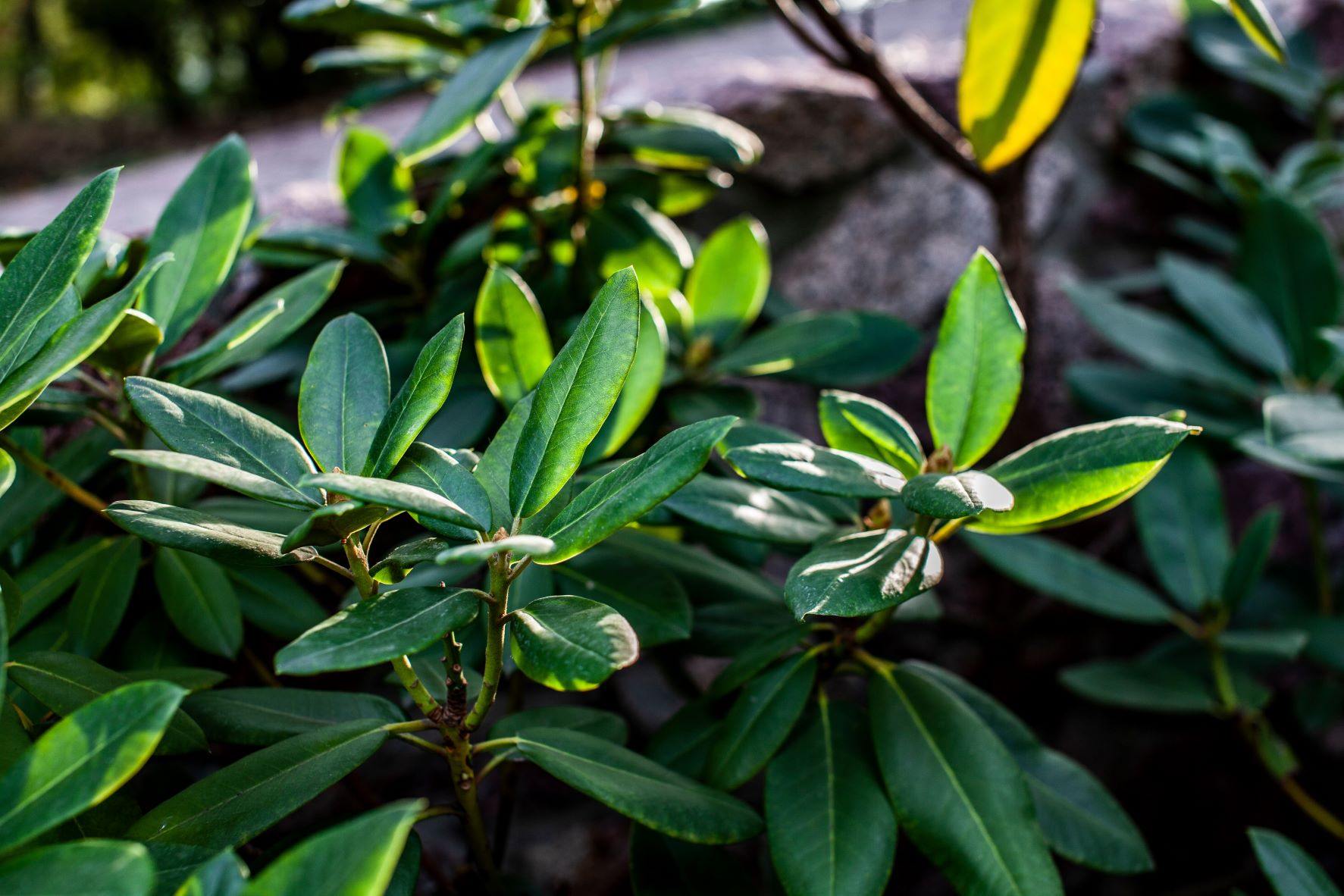
Insecticides with a residule such as Bifenthrin applied to the trunk and wounded areas offer effective control. Application needs to be repeated 2 – 3 times in 6 weeks cycles to ensure remediation. Beyond insecticides, there are some practices that will reduce borer injury.
- Regularly water and fertilize trees – helps strengthen trees, thus reducing susceptibility to infestation
- Avoid pruning during summer months – “wounded” area prime for moths laying eggs
- Treat all wounds and injuries to prevent infestation as borers are attracted to the resinous smell released from the wounds.
Want the Pros at ProLawn to help out? Give us a call at 540-662-8316 to determine the best course of action for your particular situation.

